“It is thanks to visible splendour that Gabrielle Chanel has helped the secret splendour of artists,” wrote Jean Cocteau. The art of embroidery at CHANEL perfectly embodies the extension of these links between fashion and art, between luxury and craftmanship. It is a statement to the visible and the invisible, the fascinating alliance between know-how and creative inspiration, a meticulous and ancestral work, transcended by the magic of a unique silhouette. Gabrielle Chanel was always aware of the infinite possibilities that embroidery offers : from the mid-1910s, her daywear designs were adorned with silk embroidery while evening dresses were finished with embroidery in gold and silver, burnished to reduce the brilliance. Then, with the tweed suit, embellished with embroidered braid, she invented a whole new attitude. Thanks to the know-how of the ateliers, Karl Lagerfeld reinvents the art of embroidery each season, infusing it with a perpetual renewal of magic and contemporaneity.
In 1921, Gabrielle Chanel met the Grand Duchess Maria Pavlovna, sister of her then lover, the Grand Duke Dmitri Pavlovich. Fascinated by the strong personality of the designer, the duchess would often assist Chanel on her work in the Studio, as she recounts in her memoirs, “A Princess in Exile”. One day, after witnessing Gabrielle Chanel reproaching her embroiderer for over-inflated prices, the Grand Duchess offered her services. The designer, amused, accepted the offer. Maria Pavlovna thus bought her first embroidery machine (under a fake name to preserve her anonymity), and started creating embroidery in the middle of her living room… She named her workshop Kitmir, after a legendary dog from Persian mythology.
The Grand Duchess spent hours in the Studio, absorbing the desires of the designer, offering her drawings and samples before making them. From the first collection of 1922, inspired by traditional embroidery from Russian folklore, it was a success that never waned. Quickly inundated with orders, the Grand Duchess Maria worked tirelessly for the House of CHANEL, employing up to 50 workers, many of them young Russian exiles. But after a few years, having been approached by other houses, Maria Pavlovna yielded to the temptation of expanding her business. No longer near the Studio and Gabrielle’s creativity, their exchanges became fewer and the collaboration came to an end.
Today more than ever, embroidery at CHANEL is a tale of woven links. For the last fifteen years under the aegis of Paraffection, CHANEL has been regrouping some twenty Métiers d’art ateliers: a shoemaker, milliner, goldsmith, flower maker, plumassier, pleater, embroiderer… The aim being to preserve this expertise and keep these crafts closer to creation, as explained by Bruno Pavlovsky, President of Fashion at CHANEL: “These ateliers are essential for our creativity. The fact these artisanal businesses belong to Paraffection doesn’t stop them from being independent or from collaborating with other couture houses.”
Among the Métiers d’arts at the heart of CHANEL are two Parisian embroidery studios, Lesage and Montex, who know exactly how to magnify the creator’s genius with each collection.
The complicity between Karl Lagerfeld’s Creation Studio and the embroidery ateliers is a virtuous circle always pushing the artisans towards innovation and perfection. As Karl Lagerfeld says, “There is always a creative dynamic between the Studio and the expertise of the artisans who work on my collections. Gradually as the silhouette evolves, the embroideries, the details and the finishes take on a new dimension”.
With each new collection, particularly for the Haute Couture and the Métiers d’art collection, everything starts with a theme, an inspiration given by the Studio. The Houses of Lesage, Montex, and other Parisian embroiderers, propose several dozen exclusive samples, that draw from the aesthetic codes of the House of CHANEL and reinterpret them : pearls, flowers, lace, stones, crystals, gold and silver threads, trompe-l’œil quilting, baroque jewellery, and endlessly revised braiding… Thus, for the Métiers d’art Paris-Hamburg collection, the Houses of Lesage and Montex imagined variations around the colours of the North Sea, the containers in the merchant navy port, and the striking architecture of the building where the show took place, the Elbphilharmonie. Each one of the chosen proposals is then studied, refined and reworked in the Creative Studio. In Karl Lagerfeld’s stylistic repertoire, embroidery plays a central role : it is not ornamentation, it is an integral part of the creation. In the words of Virginie Viard, CHANEL’s creative studio director, “A dialogue is established from the start of each collection between the Studio and the embroiderers, in order to best interpret the desires and the inspirations of Karl Lagerfeld in terms of embroidery. The idea is to meet his expectations, to bounce off his ideas all while surprising him. The embroidery samples created are thus a starting point : either they are attributed to fabrics and Karl Lagerfeld’s sketches, or they will inspire new sketches, there are no rules.” This is why the ateliers are such an vital source of propositions for the Studio. Through the constant search for new materials and innovative techniques, they strive to push the limits of the imagination. Embroidery in 3D, scoubidou threads, stones, crystals, paper, wood, shells, latex, raffia, concrete… Each creation is quintessentially CHANEL, both contemporary and timeless.
At both Lesage and Montex, the work involved with each embroidery is immutable. Once the sample is validated, each piece follows the same ritual. The embroidery is copied on to patterns by the draftswomen, to adapt the motif to the pattern, and submitted to the Studio for validation. Then to ensure its precise reproduction on the embroidery frame, it is transferred onto tracing paper, before being stitched to obtain a stencil : with the help of a pumice in hat felt, a white pigment is deposited through the holes and then fixed.
Of an incredible precision and complexity, the embroideries combine a multitude of techniques, capitalised over the decades, sometimes inspired by different cultures : at Lesage, the creative heritage includes over 70,000 samples, some of which are more than a century old. Needle embroidery of course and Luneville embroidery which is executed on the underside of the fabric using a crochet hook… The house of Montex also owns several Cornely machines, 19th century machines guided by hand, allowing for other stitching techniques.
Throughout production, each creation is the object of constant discussion and fittings with the Studio. In the hands of these artisans, grace is born. Embroidery on trousers, dresses, tops, jackets, sweaters, bags, fingerless gloves, hats, in touches, as braids, or all-over : the only limitation is the talent of the embroiderer. That which reveals the architecture of a dress, emphasising a creation with a halo of light, and a blast of fresh air, transcending it.
The hundreds of hours of work by the “petites mains”, the fleeting beauty of a silhouette on the catwalk… CHANEL embroidery is the very expression of art, there where the virtuosity of work is sublimated by beauty and emotion, where one can see only the dazzling perfection of a completely unique creation.

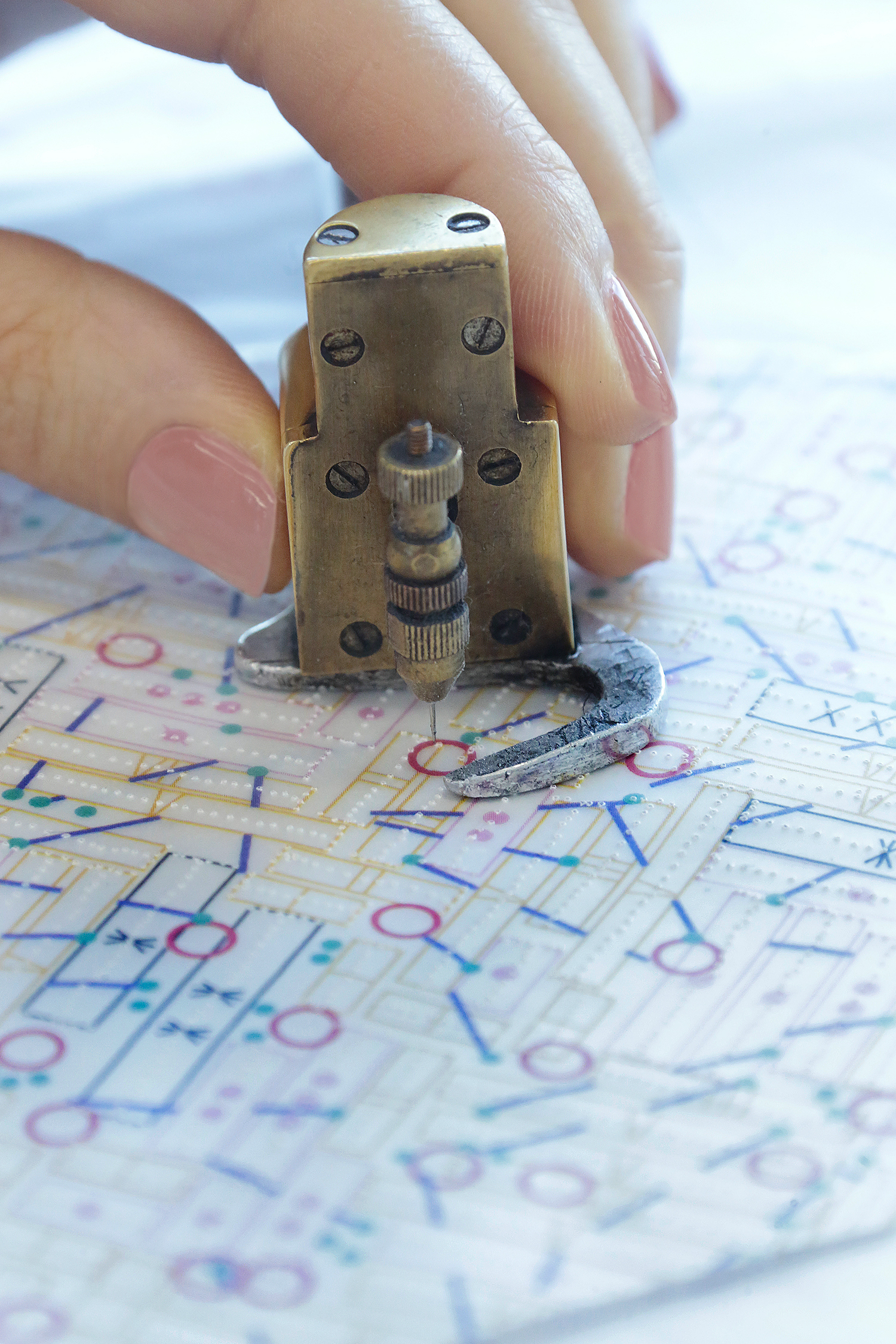
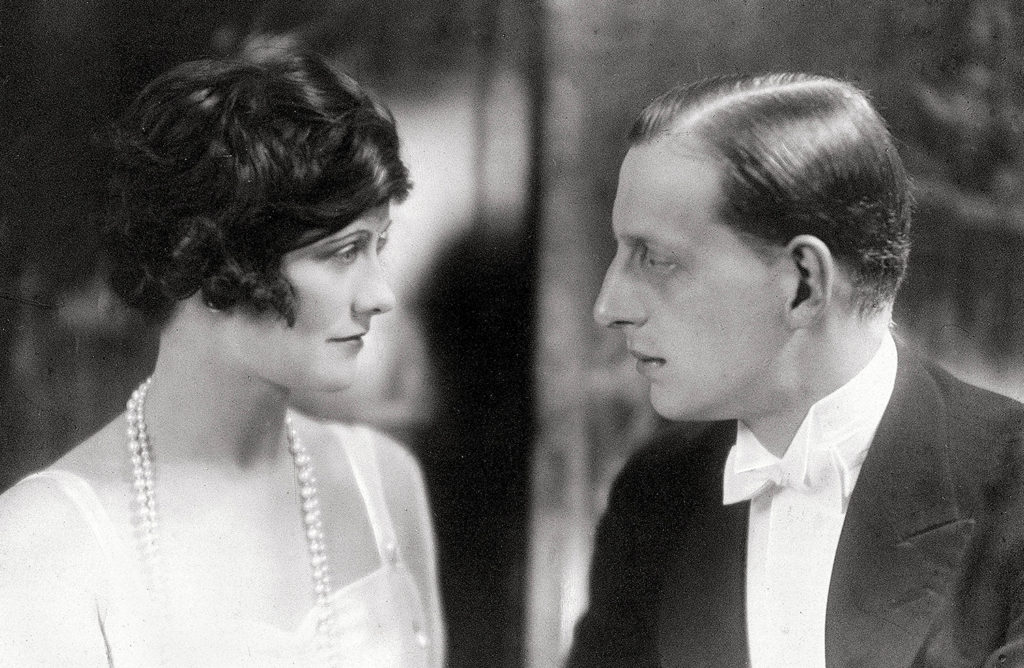
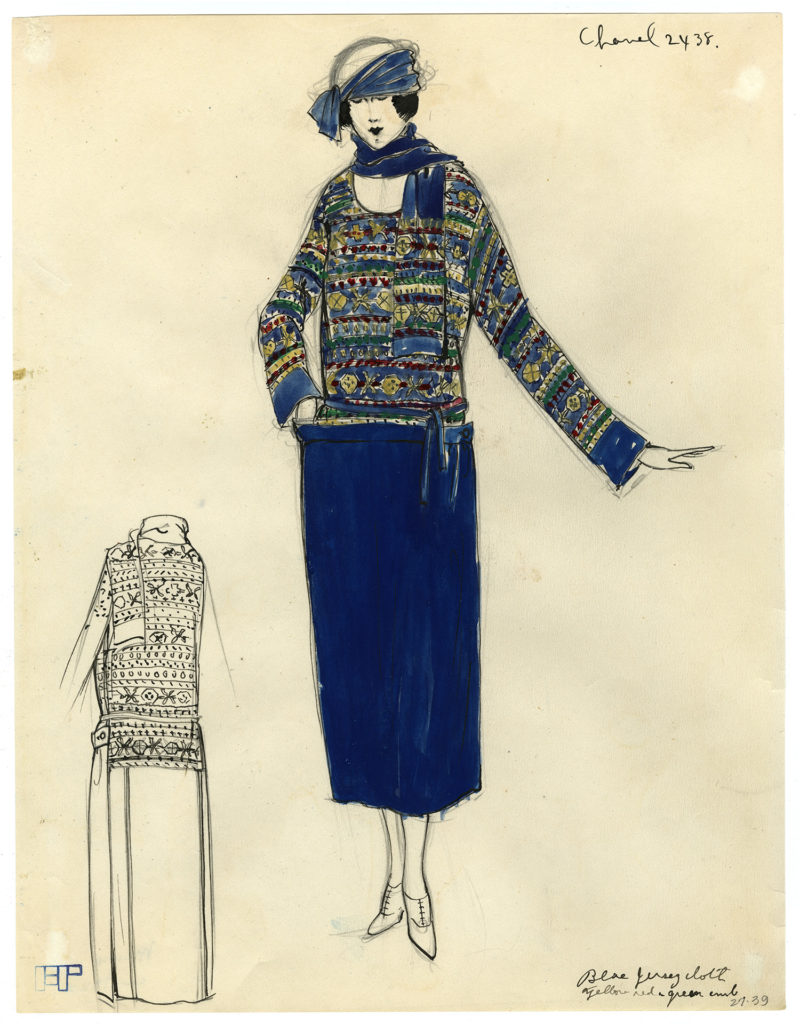
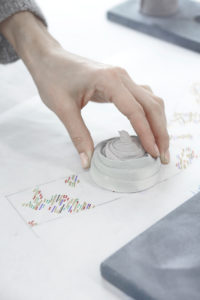
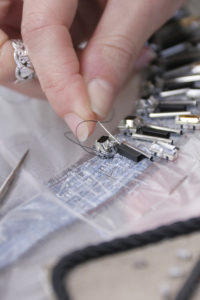
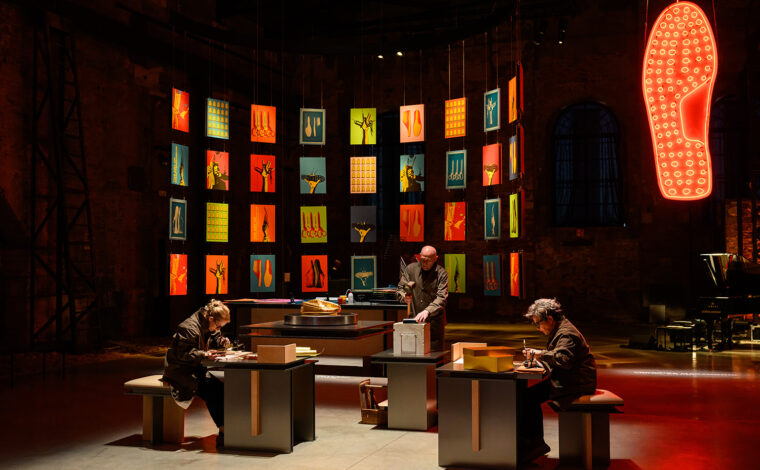
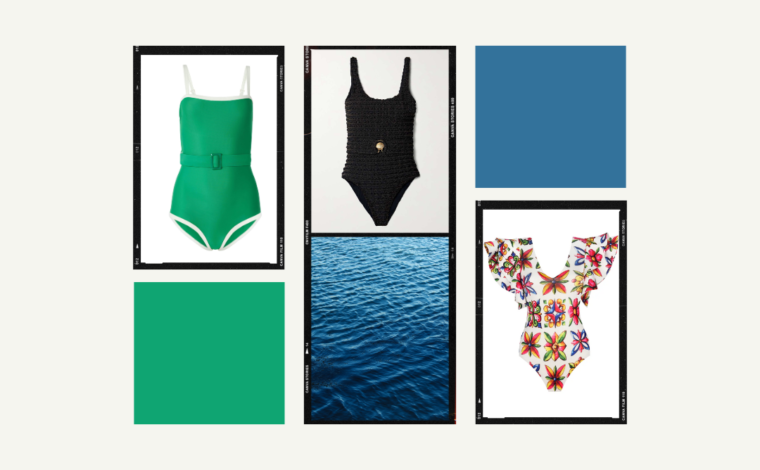
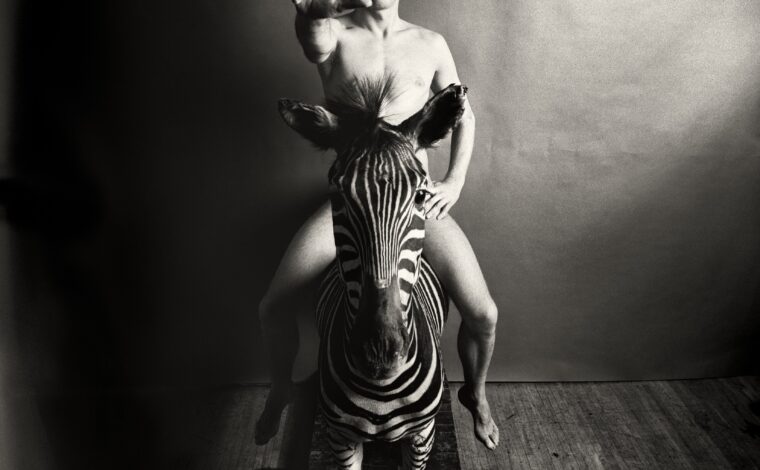
No Comment